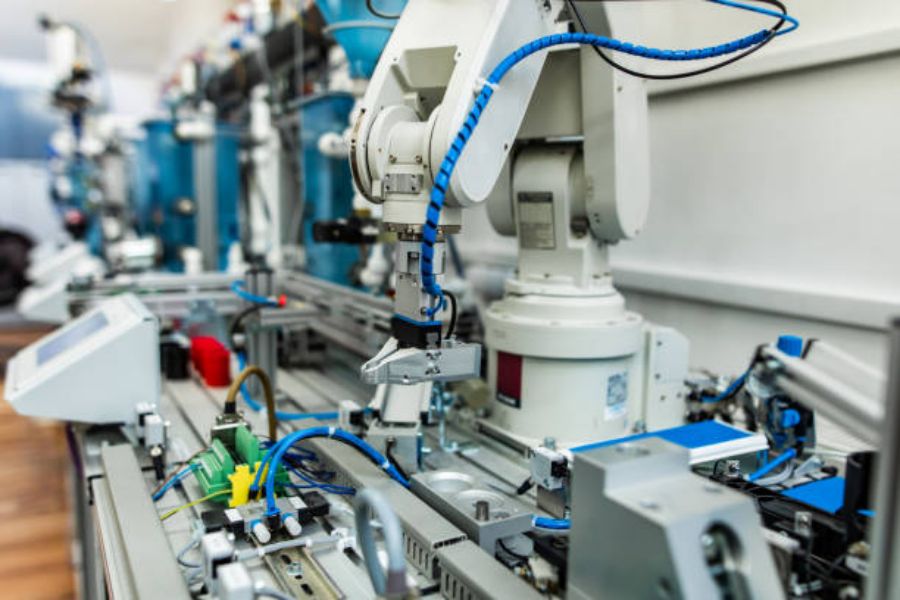Introduction
high temperature mold materials are essential for manufacturing metal parts, especially those with complex geometry. These materials need to withstand high temperatures and pressure, making them an integral part of the metal fabrication process.
What are High Temperature Mold Materials?
High temperature mold materials, also known as high temperature casting materials, are specialized metals, ceramics, and composite materials that can withstand temperatures of up to 1700°C. They are designed to withstand the extreme conditions of a metal casting process, which involves heating the material to a molten state and then pouring it into a mold.
The Advantages of High Temperature Mold Materials
High temperature mold materials offer several benefits, including:
- Providing excellent thermal stability
- Resisting degradation at high temperatures
- Withstanding thermal shock
- Enabling the production of complex shapes and designs
- Producing parts with high dimensional accuracy
Types of High Temperature Mold Materials
There are several types of high temperature mold materials, including:
- Refractory metals: These include tungsten, molybdenum, and niobium, which can withstand temperatures of up to 3000°C. They are ideal for high-temperature applications, such as aerospace and nuclear industries.
- Ceramics: Ceramic materials, such as alumina, zirconia, and silicon nitride, have high thermal stability and resistance to corrosion. They are commonly used for casting metal alloys and other high-temperature applications.
- Composites: Composites are a combination of two or more materials, such as ceramic fibers embedded in a metallic matrix. They offer excellent thermal stability, high strength, and good dimensional stability.
Choosing the Right High Temperature Mold Material
Choosing the right high temperature mold material depends on several factors, such as:
- The type of metal being cast
- The part geometry and design
- The desired surface finish and texture
- The expected production volume
- The cost of the material and production process
Applications of High Temperature Mold Materials
High temperature mold materials are used in various industries, including:
- Aerospace and aircraft manufacturing
- Nuclear power generation
- Automotive and industrial manufacturing
- Medical device manufacturing
- Oil and gas exploration and production
The Challenges of Working with High Temperature Mold Materials
Working with high temperature mold materials presents several challenges, such as:
- The material's brittleness and low fracture toughness
- The difficulty of machining and shaping the material
- The high cost of the material and production process
- The need for specialized equipment and expertise
The Future of High Temperature Mold Materials
The use of high temperature mold materials is expected to grow in the future, driven by the demand for more complex and high-precision metal parts. There is also a growing focus on sustainability and reducing the environmental impact of metal fabrication processes, which may lead to the development of new and innovative high temperature mold materials.
Conclusion
High temperature mold materials are a crucial component of the metal fabrication process. They enable the production of complex shapes and designs, high-precision metal parts, and withstand the extreme conditions of high-temperature casting. Choosing the right high temperature mold material depends on several factors and requires specialized expertise and equipment.
